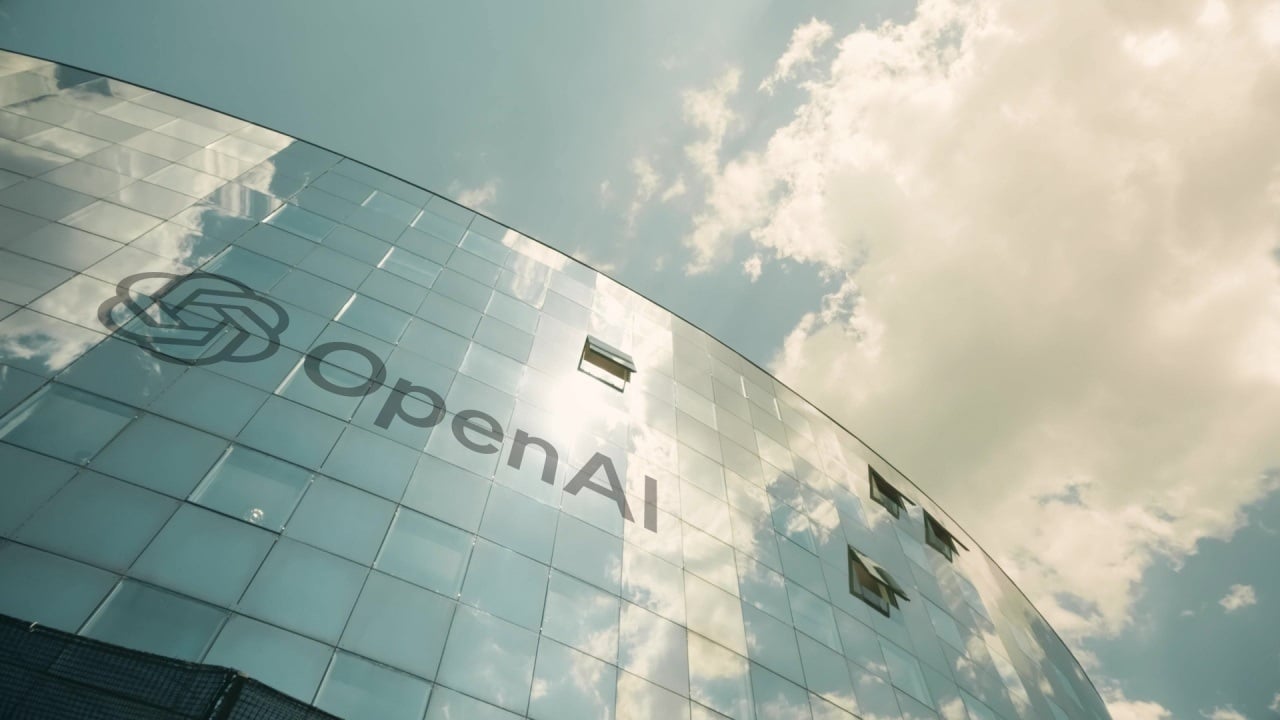The clash between OpenAI and Robinhood over tokenized stocks has ignited a fierce debate about the future of financial markets. At the heart of the controversy lies a fundamental question: Can tokenization democratize access to private equity, or does it create more problems than it solves? To understand the implications of this conflict, it is essential to examine the motivations behind Robinhood’s tokenized stock offerings, OpenAI’s strong rejection of these instruments, and the broader regulatory landscape that will ultimately determine the fate of tokenized assets.
Robinhood’s Vision: Expanding Access or Creating Complexity?
Robinhood’s foray into tokenized stocks represents an ambitious attempt to bridge the gap between traditional finance and the emerging world of digital assets. By offering tokenized versions of private company shares, Robinhood aims to provide retail investors with exposure to high-growth companies that were previously inaccessible. This initiative is particularly relevant in Europe, where regulatory frameworks are more permissive toward innovative financial products.
The tokenized stocks offered by Robinhood are not direct shares but derivatives linked to a Special Purpose Vehicle (SPV) that holds the underlying assets. This structure allows Robinhood to fractionalize ownership and make it available to a broader audience. Vlad Tenev, Robinhood’s CEO, has defended this approach, arguing that while the tokens may not represent direct equity, they provide investors with a way to gain exposure to private companies like OpenAI and SpaceX.
However, this approach is not without its critics. The layered structure of tokenized stocks introduces several complexities:
- Fractional Ownership: While fractionalization makes investments more accessible, it also dilutes the value of each token, potentially leading to liquidity fragmentation.
- Derivative Nature: The tokens are derivatives, not actual equity, which means investors do not have the same rights as traditional shareholders, such as voting rights or dividends.
- Transparency Concerns: The SPV’s operations and holdings may not be fully transparent, making it difficult for investors to assess the true value of the tokens.
These concerns raise questions about whether Robinhood’s tokenized stocks truly democratize access to private equity or simply create a more complex and opaque investment vehicle.
OpenAI’s Stance: Protecting Integrity or Stifling Innovation?
OpenAI’s swift and public rejection of Robinhood’s tokenized stock offering underscores the company’s commitment to maintaining control over its equity. By issuing a statement disavowing any connection to the tokens, OpenAI sent a clear message: these instruments are not endorsed by the company, and investors should proceed with caution.
Elon Musk, a co-founder of OpenAI, further amplified this message by labeling the tokenized shares as “fake.” This characterization reflects broader concerns about the legitimacy of tokenized assets and their potential to mislead investors. OpenAI’s stance can be interpreted in several ways:
- Equity Control: As a private company, OpenAI has the right to dictate who can own its shares and under what conditions. Allowing third parties to create derivative instruments based on its equity without consent could undermine its control.
- Reputational Risks: The market for tokenized assets is still nascent and largely unregulated. OpenAI may be concerned about the reputational risks associated with these instruments, particularly if they lead to investor losses or regulatory scrutiny.
- Innovation vs. Regulation: While OpenAI’s stance may be seen as restrictive, it also reflects a cautious approach to innovation. The company may be waiting for clearer regulatory guidelines before embracing tokenization.
Critics argue that OpenAI’s rejection of tokenized stocks stifles innovation and reinforces traditional barriers to entry in private equity. However, OpenAI’s position is rooted in a desire to protect its equity structure and maintain transparency for its existing shareholders.
The Regulatory Landscape: Balancing Innovation and Protection
The OpenAI-Robinhood controversy has drawn the attention of regulators, who are grappling with the implications of tokenized assets. The lack of clear regulatory guidelines creates uncertainty for both issuers and investors. Key questions that regulators must address include:
- Classification: How should tokenized stocks be classified under existing securities laws? Are they securities, derivatives, or something else?
- Disclosure Requirements: What disclosure requirements should apply to tokenized stock offerings to ensure transparency and protect investors?
- Counterparty Risk: How can investors be protected from the risks associated with SPVs and other intermediaries involved in the tokenization process?
- Market Integrity: What measures can be taken to prevent fraud, manipulation, and other abuses in the tokenized stock market?
The answers to these questions will shape the future of tokenized assets. If regulators adopt a strict approach, it could stifle innovation and limit the growth of the market. Conversely, if regulators fail to provide adequate oversight, it could lead to increased risks for investors and undermine confidence in the tokenized asset market.
Conclusion: The Path Forward for Tokenized Assets
The OpenAI-Robinhood controversy highlights the complex and evolving nature of tokenized assets. While the promise of democratized access to private equity is appealing, it is crucial to understand the risks and limitations of tokenized stocks. Investors should not assume that these tokens are equivalent to owning actual shares in a company and should carefully consider the underlying structure, regulatory environment, and potential risks before investing.
For companies like OpenAI, the decision of whether to embrace or reject tokenization is a strategic one. While tokenization could potentially unlock new sources of capital and broaden its investor base, it also raises concerns about control, reputation, and regulatory compliance. OpenAI’s decision to distance itself from Robinhood’s offering reflects its cautious approach to this emerging technology.
Ultimately, the future of tokenized stocks will depend on the ability of regulators, issuers, and platforms to address the risks and build a transparent and trustworthy market. Only then can tokenization truly deliver on its promise of democratizing access to investment opportunities and creating a more inclusive financial system. The battle between innovation and regulation continues, and the outcome will shape the future of finance for years to come.





